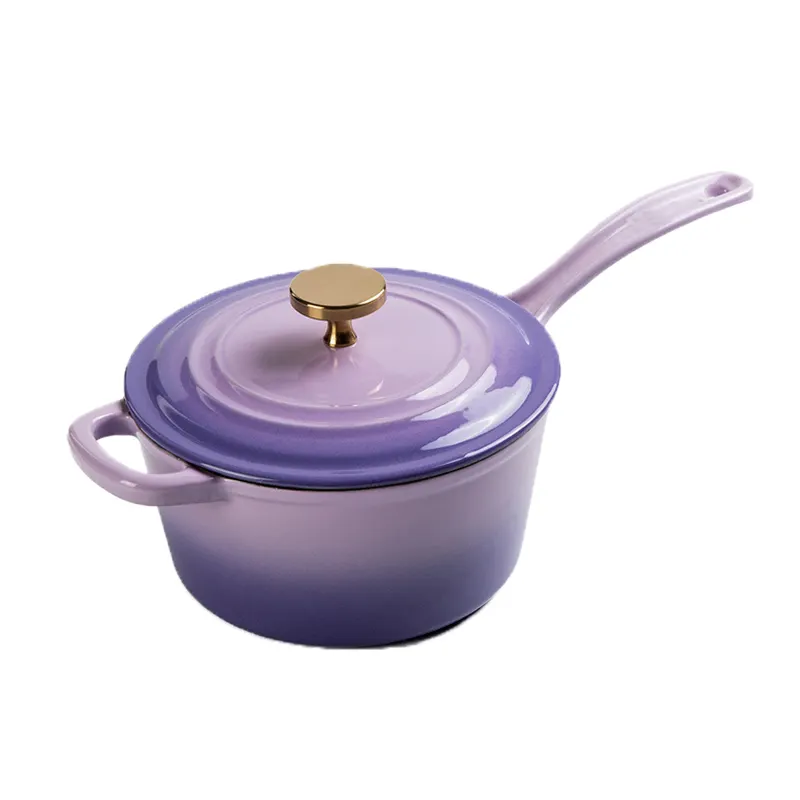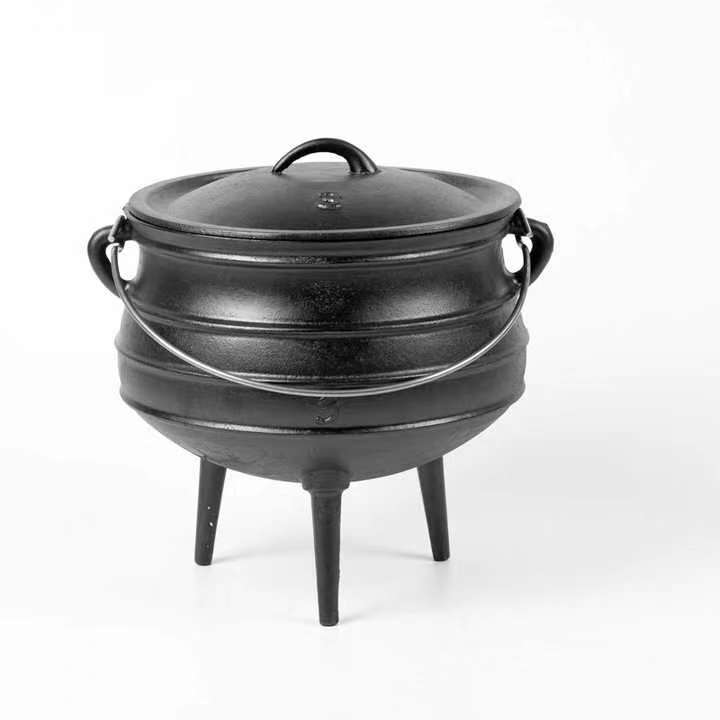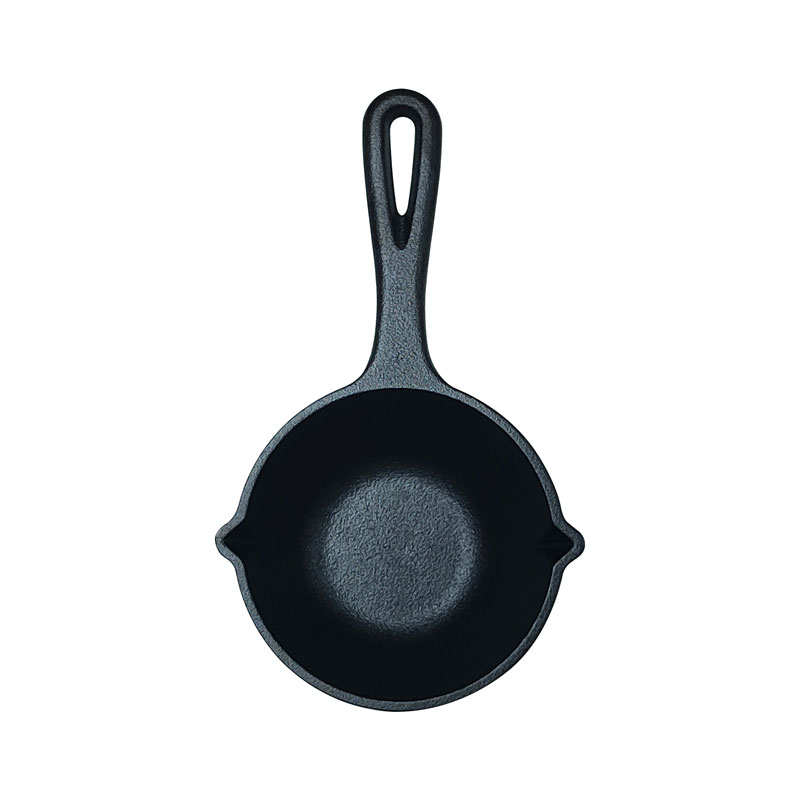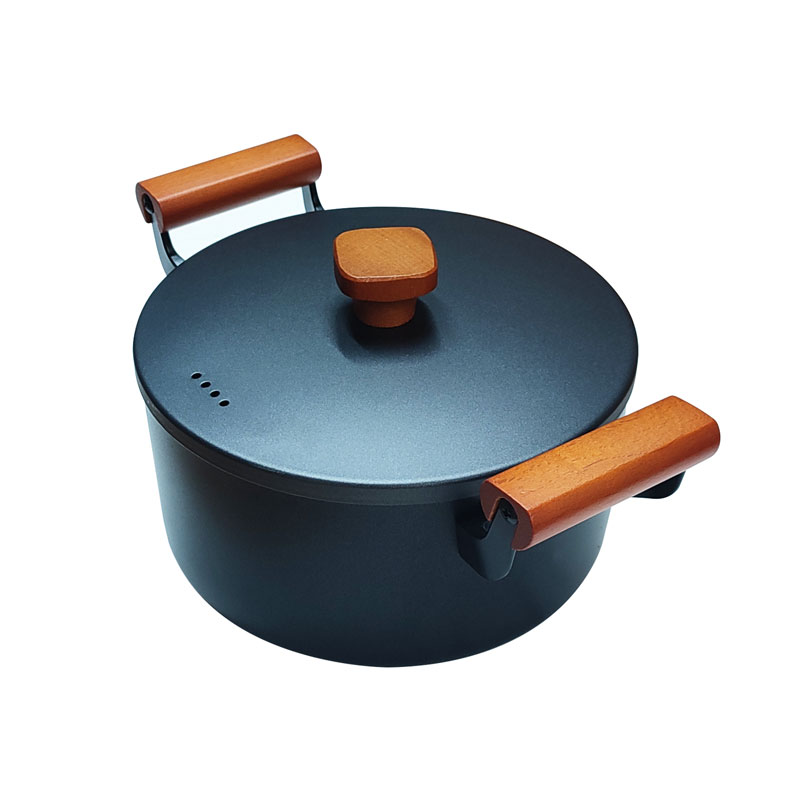- 아프리카 사람
- 알바니아
- 암하라어
- 아라비아 말
- 아르메니아 사람
- 아제르바이잔
- 바스크 사람
- 벨라루스어
- 벵골 사람
- 보스니아어
- 불가리아 사람
- 카탈로니아 사람
- 세부아노어
- 코르시카어
- 크로아티아어
- 체코 사람
- 덴마크 말
- 네덜란드 사람
- 영어
- 에스페란토 말
- 에스토니아 사람
- 핀란드어
- 프랑스 국민
- 프리지아어
- 갈리시아어
- 그루지야 사람
- 독일 사람
- 그리스 사람
- 구자라트어
- 아이티 크리올어
- 하우사어
- 하와이안
- 헤브라이 사람
- 아니요
- 먀오족
- 헝가리 인
- 아이슬란드어
- 이그보
- 인도네시아 인
- 아일랜드
- 이탈리아 사람
- 일본어
- 자바어
- 칸나다어
- 카자흐어
- 크메르어
- 르완다
- Korean
- 쿠르드어
- 키르기스어
- 노동
- 라틴어
- 라트비아 사람
- 리투아니아 사람
- 룩셈부르크어
- 마케도니아 어
- 마다가스카르 사람
- 말레이 사람
- 말라얄람어
- 몰티즈
- 마오리족
- 마라티어
- 몽고 어
- 미얀마
- 네팔어
- 노르웨이 인
- 노르웨이 인
- 오크어
- 파슈토어
- 페르시아 인
- 광택
- 포르투갈 인
- 펀잡어
- 루마니아 사람
- 러시아인
- 사모아인
- 스코틀랜드 게일어
- 세르비아 사람
- 영어
- 쇼나어
- 신디어
- 싱할라어
- 슬로바키아 사람
- 슬로베니아
- 소말리아
- 스페인 사람
- 순다어
- 스와힐리어
- 스웨덴어
- 타갈로그어
- 타지크어
- 타밀 사람
- 타타르어
- 텔루구어
- 태국어
- 터키어
- 투르크멘 말
- 우크라이나 말
- 우르두어
- 위구르족
- 우즈베크어
- 베트남 사람
- 웨일스 말
- 돕다
- 이디시어
- 요루바어
우리의 전통 장인 기술과 현대 요리의 완벽한 조화를 경험해보세요. Cast Iron Saucepan가정 요리사와 요리 전문가 모두를 위해 설계된 이 냄비는 뛰어난 열 보존력과 균일한 열 분배 기능을 제공하여 소스를 끓이거나, 액체를 졸이거나, 수프를 다시 데우는 등 다양한 용도로 사용하기에 이상적입니다.
고품질 주철로 제작된 이 냄비는 오래도록 지속되는 성능과 내구성을 자랑합니다. 에나멜 코팅 처리된 내부는 잘 달라붙지 않아 세척이 간편하며, 매끄러운 무광 블랙 마감은 열전도율을 높이고 시간이 지나도 녹과 부식을 방지합니다. 인덕션을 포함한 모든 가스레인지에서 사용 가능하며 최대 260°C(500°F)까지 오븐 사용이 가능하여 가스레인지에서 오븐, 식탁으로 완벽하게 옮겨갈 수 있습니다.
인체공학적인 손잡이는 안전하고 편안한 그립감을 제공하며, 딱 맞는 뚜껑은 수분과 풍미를 유지하여 최상의 결과를 선사합니다. 넉넉한 용량의 이 냄비는 일상적인 식사는 물론 특별한 날의 요리에도 안성맞춤입니다.
클래식 베샤멜 소스부터 진한 그레이비 소스, 좋아하는 레시피에 우유를 데우는 것까지, 저희 주철 냄비는 언제나 균일하고 완벽한 조리를 보장합니다. 우아한 디자인은 어떤 주방 인테리어에도 아름다움을 더하는 아름다운 서빙 도구이기도 합니다.
뛰어난 열 유지력을 위한 프리미엄 주철 구조
음식물이 쉽게 빠지고 세척이 쉬운 에나멜 내부
Compatible with gas, electric, induction, and ceramic stovetops
Oven safe up to 500°F (260°C)
Ergonomic handle and tight-fitting lid for safe, efficient cooking
What Is A Cast Iron Saucepan Used For?
A cast iron saucepan is a must-have tool in any kitchen, known for its incredible heat retention, even heat distribution, and timeless durability. Unlike traditional saucepans made from stainless steel or aluminum, cast iron saucepans are uniquely suited for a wide range of cooking techniques that require consistent, gentle heat. But what exactly is a cast iron saucepan used for? Let’s explore its versatility and performance.
1. Simmering and Slow Cooking
One of the most common uses for a cast iron saucepan is simmering sauces, gravies, soups, and stews. Thanks to its excellent heat retention, the saucepan maintains a steady low heat for long periods, perfect for reducing sauces or allowing flavors to develop slowly. Whether you're preparing a classic marinara, a creamy béchamel, or a rich curry, this saucepan ensures smooth, even cooking without scorching.
2. Heating and Reheating
Cast iron saucepans are ideal for warming milk, melting butter or chocolate, and reheating leftovers. The even heating helps prevent hot spots, making it safer and more efficient than thinner metal pans. If you're someone who enjoys preparing hot drinks, oatmeal, or custards, a cast iron saucepan is your reliable companion.
3. One-Pot Cooking
Due to its oven-safe design, you can start cooking on the stovetop and finish in the oven. This is ideal for dishes like macaroni and cheese, baked beans, or mini casseroles. The tight-fitting lid helps lock in moisture and flavor, turning your saucepan into a small Dutch oven.
4. Frying and Sautéing
The high sides of a cast iron saucepan also make it suitable for shallow frying or sautéing vegetables. While not a substitute for a frying pan, it works well for smaller tasks such as browning onions, frying eggs, or searing garlic in oil before adding liquids.
5. Serving and Presentation
Beyond cooking, a cast iron saucepan is also a beautiful serving dish. Many models come in enamel-coated finishes in vibrant colors, making them perfect for taking dishes straight from stove to table. The rustic yet elegant design complements any kitchen or dining setting.
Compatible with all cooktops, including induction
Oven safe (often up to 500°F or 260°C)
Naturally non-stick when seasoned or enamel-coated
Built to last for generations
주철이 스테인리스강보다 더 나은가?
When it comes to choosing the right cookware for your kitchen, the debate between cast iron and stainless steel is a common one. Both materials offer unique benefits, but for many cooking tasks, cast iron stands out as the superior choice. A cast iron saucepan, for example, brings a combination of performance, versatility, and durability that stainless steel often struggles to match. One of the main reasons chefs and home cooks alike prefer cast iron is its exceptional heat retention and even heat distribution. While stainless steel can heat up quickly, it doesn’t hold heat as effectively, which can lead to uneven cooking or scorching. In contrast, cast iron gently maintains a consistent temperature, making it ideal for simmering sauces, slow cooking stews, and achieving perfect caramelization or browning. This steady heat control results in more precise cooking, especially for recipes that require low and slow preparation. Another advantage of cast iron is its natural or enamel-coated non-stick surface. With proper seasoning or enamel coating, a cast iron saucepan becomes remarkably easy to clean and maintain, while offering excellent food release. Stainless steel, although sleek and modern in appearance, is known for sticking—especially with delicate ingredients like eggs or fish. Cast iron allows you to cook with less oil and fewer concerns about food clinging to the surface, which enhances both cooking results and cleanup convenience. Moreover, cast iron is incredibly durable and often passed down through generations. A well-maintained cast iron pan can last a lifetime or longer, while stainless steel may warp over time if exposed to high heat or sudden temperature changes. Cast iron’s strength and long lifespan make it a practical and sustainable choice for environmentally conscious consumers who value products built to endure daily use. Versatility is another area where cast iron outshines stainless steel. A cast iron saucepan can seamlessly transition from stovetop to oven, handle high-temperature searing, and even be used over open flames or campfires. It’s equally at home in rustic outdoor cooking as it is in a modern kitchen. While stainless steel is often limited to stovetop use and requires extra care to avoid discoloration or damage, cast iron embraces the full range of culinary possibilities. Even the aesthetic of cast iron cookware offers something special. The rich, matte finish or colorful enamel glaze brings a timeless charm and warmth to any kitchen setting. It’s not only a cooking tool but also a stylish serving piece you’ll be proud to place on your dining table.
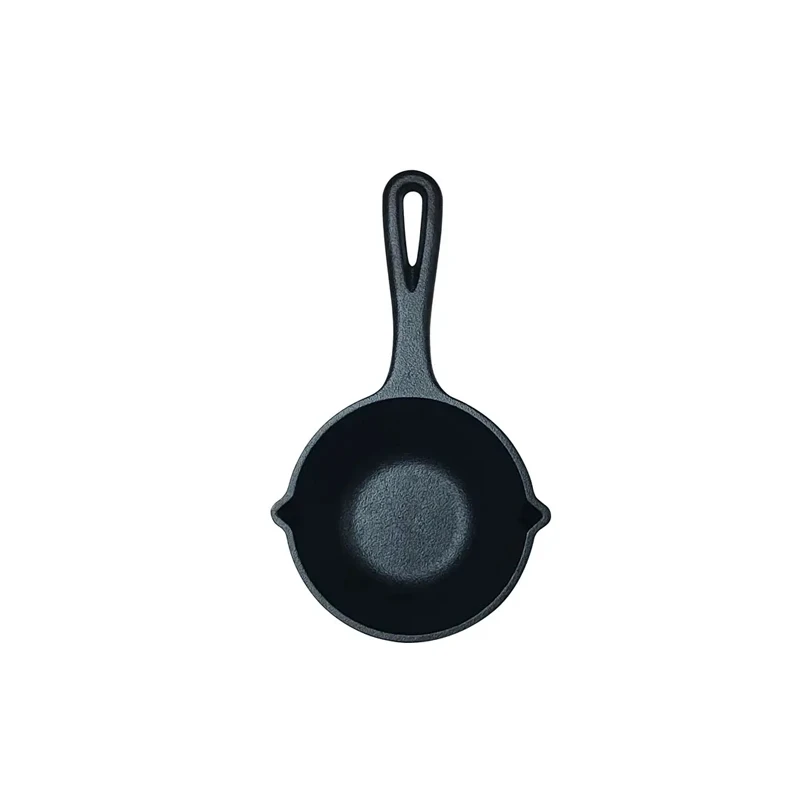
주철 조리기구 특가를 지금 문의하세요
아래 양식을 작성하시면 저희 팀에서 가격, 제품 세부 정보, 맞춤 옵션에 대한 정보를 제공해 드립니다.










